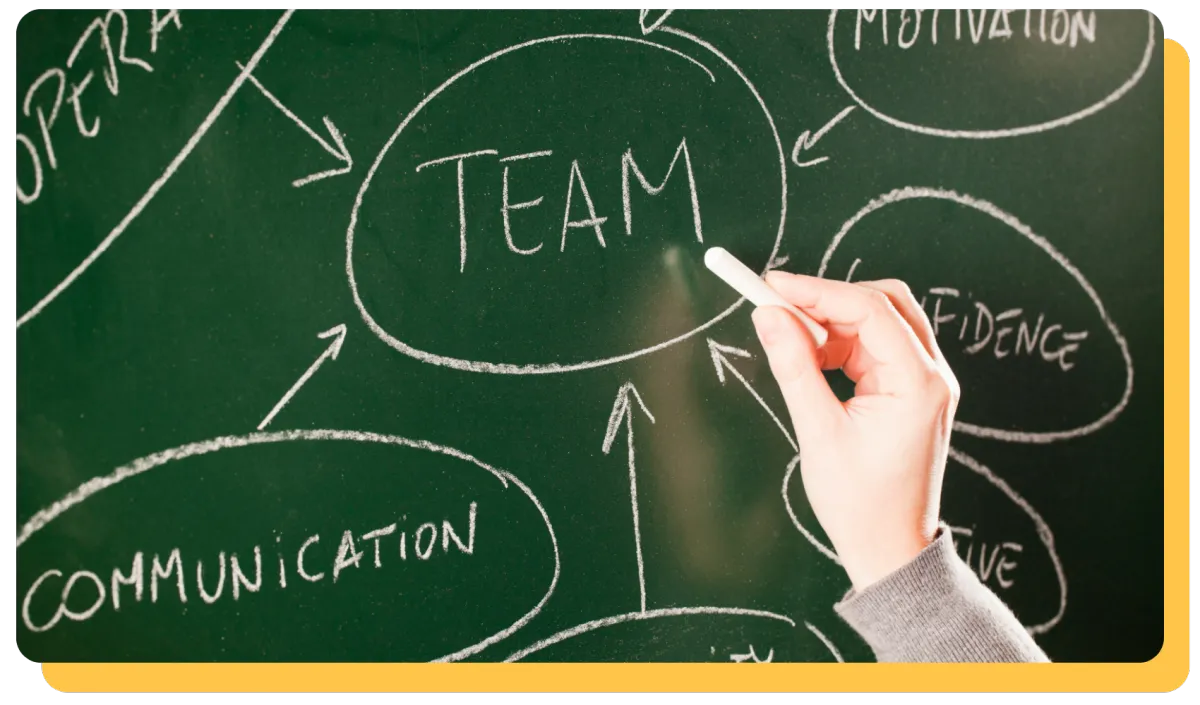
Why Your “Team” Probably Isn’t a Team at All
Walk into most workplaces and you’ll hear the word “team” used everywhere. Project teams, executive teams, even “team members” as a label for employees. But simply gathering people together under the same label does not make them a team. In reality, many so-called teams are nothing more than groups of individuals working in parallel, not in concert.
The distinction matters. True teams produce outcomes far greater than the sum of their parts. Groups, by contrast, often struggle with duplication, miscommunication, and misalignment that quietly drain performance.
What Defines a True Team 🤜🤛
At its core, a team is defined by three qualities: shared purpose, mutual trust, and aligned methods. Without these, the word “team” is just window dressing.
Shared Purpose: Teams are bound by a clear understanding of why they exist. This purpose must be explicit and compelling, not assumed or implied.
Mutual Trust: Team members believe in one another’s intentions and competence. Trust allows people to take risks, share openly, and depend on one another.
Aligned Methods: Beyond purpose and trust, teams must agree on how they will work. Shared outcomes and consistent practices create the structure for collaboration.
A group without these elements may share office space or video calls, but it is not a team.
Why Alignment Matters More Than Effort ❯❯❯❯
Many leaders confuse effort with teamwork. A group may work long hours, attend countless meetings, and push hard toward deadlines, but if their efforts are not aligned around the same outcomes, the energy is wasted. It is the organizational equivalent of rowing in different directions.
Alignment ensures that the right activities are performed at the right level to achieve the outcomes that matter most. Without it, even the most talented people can undermine each other’s work.
The Cost of Group Dynamics Disguised as Teams💸
When organizations mistake groups for teams, subtle but costly dynamics emerge:
Endless meetings that rehash the same issues because success is defined differently by each participant.
Finger-pointing when results lag, as individuals focus on protecting their own contributions.
Burnout among high performers who feel they must carry the load without dependable collaboration.
Drama and mistrust that thrive in the absence of shared clarity.
These patterns erode both performance and morale. The problem isn’t bad people; it’s the absence of real team conditions.
How to Build a Real Team 👥👥
Transforming a group into a true team requires deliberate leadership. The steps are straightforward but not easy:
Clarify Purpose: Can every member state what the team exists to achieve, and why it matters?
Define Outcomes: What does thriving look like for this team? Progress must be tangible and measurable.
Align Methods: Agree on strategies, tactics, and daily operations that connect effort to purpose and outcomes.
Foster Trust: Create an environment where contributions are valued and vulnerabilities are safe. Trust is the currency of teamwork.
Engage Resources Wisely: Teams thrive when all resources, time, talent, relationships, and attention, are invested strategically.
Teams Are Built, Not Assumed ⚒️
A true team is not the default outcome of grouping people together. It is the product of intentional design, ongoing alignment, and courageous leadership. Leaders must resist the temptation to label every working group a team and instead do the work of creating the conditions where teams can emerge.
When those conditions are met, something powerful happens. Collaboration stops feeling like compromise and starts producing outcomes no individual could achieve alone. Trust builds momentum. Alignment turns effort into progress. And the label “team” finally reflects reality, not aspiration.
If you're interested in learning more about organizational development, human relations, leadership, and similar topics, we'd love you to sign up for our monthly Positive Leadership Journal.
